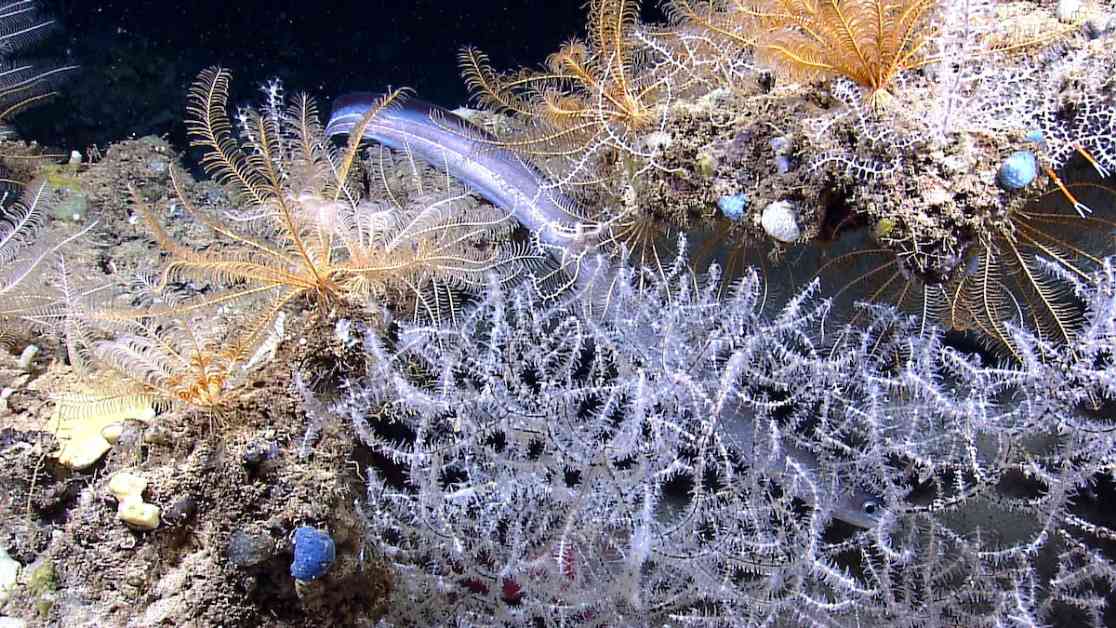Deep-Sea Mining: Balancing Need with Environmental Impact
In the vast expanse of Earth’s oceans lies a treasure trove of mineral deposits that hold the key to powering our increasingly green world. However, the pursuit of these resources through deep-sea mining comes at a significant cost to the fragile ecosystems that call the ocean floor home. Let’s delve into the world of deep-sea mining, exploring its history, environmental impacts, and the urgent need for sustainable alternatives.
Unveiling the Depths: What is Deep-Sea Mining?
Deep-sea mining involves extracting mineral deposits from the ocean floor using destructive methods like dredging, drilling, and hydraulic pumps. These practices disrupt marine life and their habitats, posing a threat to the delicate balance of underwater ecosystems. Despite the allure of rich deposits in areas like the Clarion-Clipperton Zone, the environmental consequences of deep-sea mining cannot be ignored.
The Environmental Toll: Impacts of Deep-Sea Mining
The deep sea, comprising 90 percent of Earth’s marine environment, teems with biodiversity that is under threat from mining activities. The removal of polymetallic nodules and the release of toxic sediment plumes can smother marine life, disrupt carbon sequestration, and pollute the ocean floor. Light and noise pollution further disturb marine ecosystems, jeopardizing the survival of species crucial to ocean health.
Alternatives and Solutions: A Path Towards Sustainability
As we navigate the complex landscape of mineral resource extraction, it is imperative to explore sustainable alternatives to deep-sea mining. By embracing the principles of the circular economy, investing in recycling technologies, and reducing electronic waste, we can mitigate the demand for critical minerals and lessen our impact on the environment. From adopting “right to repair” legislation to choosing quality, long-lasting products, individual actions can collectively drive positive change.
Through a concerted effort to prioritize environmental stewardship and responsible resource management, we can forge a future where the transition to renewable energy is not overshadowed by the destruction of precious marine ecosystems. Let us tread lightly on the ocean floor, mindful of the intricate web of life that thrives in the depths, and strive towards a more sustainable and harmonious coexistence with our planet’s watery realms.














